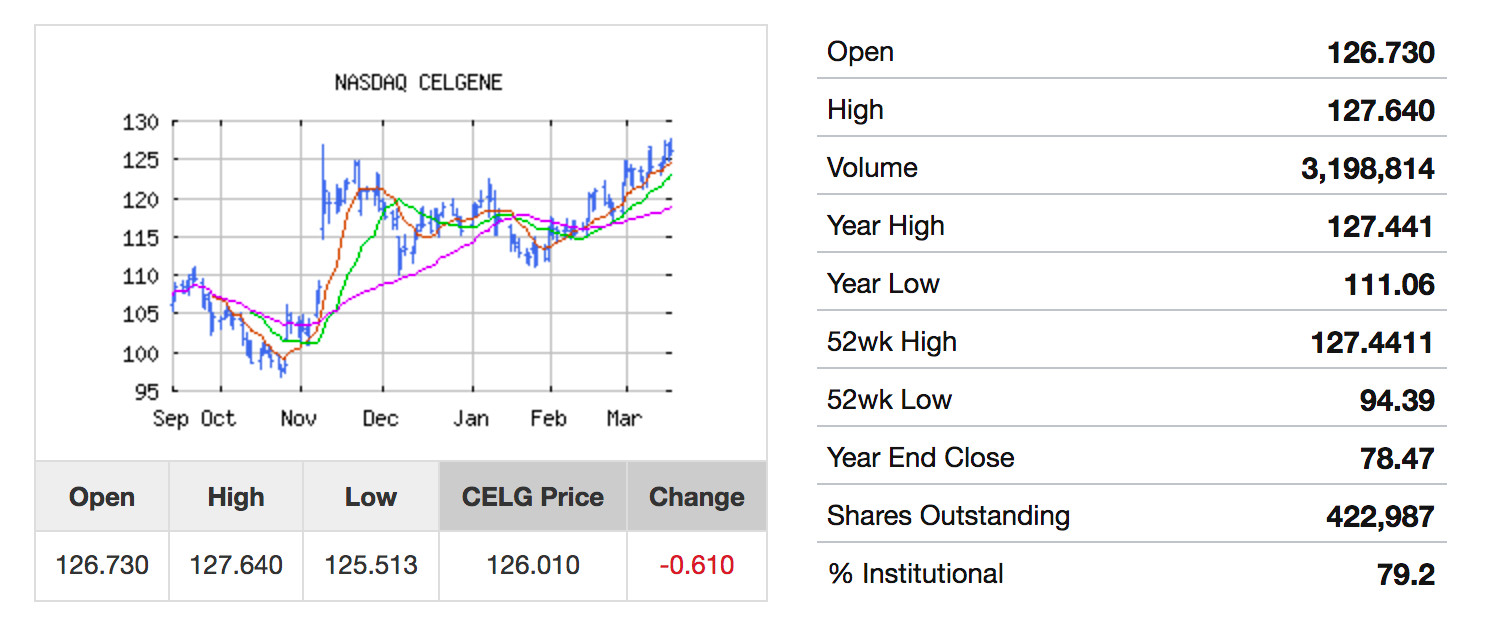INO Health & Biotech Stock Guide
Preview Issue #12 - March 20, 2017
BIOTECH, HEALTH & PHARMA NEWS
President Trump met with a group of pharmaceutical executives at the White House where he voiced his concerns over their pricing, stating that pricing “has been astronomical.” In the same meeting, President Trump said “You folks have done a very great job over the years,” and “but we have to get the prices down.” In a separate press conference, Trump said that big pharma was “getting away with murder”. Big pharma companies are joining forces as of late to address the price increases that the public and governmental officials have been demanding. Allergan (AGN), J&J (JNJ), Novo Nordisk (NVO) and AbbVie (ABBV) have committed to limiting any annual drug pricing increases to less than 10%. J&J went further stating that they will be publishing an annual report regarding its portfolio and the price increases they’ve implemented. AbbVie released data on its increases as well stating that Humira was increased by 8.4% with an only once annual increase moving forward. Merck (MRK) becomes the latest pharma to join this drug pricing transparency coalition. Merck raised list prices by an average of 9.6% with an average net price increase of 5.5%. This transparency is a step in the right direction to appease the general public and governmental officials.

Figure 1 - President Trump met with pharmaceutical industry leaders at the White House on Tuesday. From left are PhRMA President Stephen Ubl, Merck CEO Kenneth Frazier, Trump, Celgene CEO Robert Hugin and Amgen CEO Robert Bradway. (Evan Vucci / Associated Press)
WHAT'S NEXT
Amgen’s Chief Executive Robert Bradway told President Trump during his meeting with pharmaceutical executives that the company would soon be adding 1,600 jobs. Kristen Davis, an Amgen spokeswoman, confirmed that the Thousand Oaks, CA company plans to hire 1,600 skilled workers across the U.S. this year. “This includes both workers who will bring new skills to Amgen, as well as those required to address attrition and other needs,” she said. “We look forward to working collaboratively with the new administration.” Pharmaceutical executives are being proactive to be part of the conversation and be present at the table when it comes to working with Trump and his hardline stance regarding jobs and drug prices. The collaborative approach will hopefully bode well for the industry as a healthy relationship is fostered.
INDUSTRY OUTLOOK
Recently, a slew of earnings within the healthcare cohort have been reported. To get a pulse on the overall sector it’s noteworthy to highlight earnings across a broad spectrum of companies representing this cohort such as UnitedHealth (UNH), CVS Health (CVS), Allergan (AGN) and Celgene (CELG). UnitedHealth beat on both EPS and revenue with a 9% increase in revenue year-over-year. CVS Health beat on EPS while missing on revenue with total revenues increasing 11.7% year-over-year. Allergan beat on both EPS and revenue with total revenue up 7% year-over-year. Celgene beat on EPS yet missed on revenue and logged a 16% and 17% increase in total revenues and product sales, respectively. Using this subset of companies as a proxy for the overall sector, healthy growth is present with the governmental overhangs in the backdrop.
FEATURED STOCK / ETF - Celgene (NASDAQ_CELG)
ABOUT THE EDITOR - Noah Kiedrowski
I am biotechnology professional with a diverse scientific background and detailed knowledge in many therapeutic areas such as monoclonal antibodies, immunotherapies and antivirals. I have a personal interest in finance, investing, trading and global markets. My analysis is focused on stocks and exchange traded funds (ETFs) while exploring niche opportunities such as derivative trading via options. This newsletter is intended to provide investors with the latest developments and trends regarding the overall healthcare sector with a biotechnology emphasis. I'll be highlighting sector trends, merger and acquisition activity, noteworthy current events, political developments and drug approvals. My focus will be centered on well-established mid-cap and large-cap companies as well as utilizing appropriate ETFs as proxies for sector trends. This is a bi-monthly newsletter service that reflects my own opinions and analyses. This newsletter is not intended to be a recommendation to buy or sell any stock or ETF mentioned. I am not a professional financial advisor or tax professional, rather an individual investor who analyzes investment strategies and disseminates my analyses. I encourage all investors to conduct their own research and due diligence prior to investing.
---
This bi-monthly newsletter service reflects the opinions and analyses of INO Contributor, Noah Kiedrowski. This newsletter is not intended to be a recommendation to buy or sell any stock or ETF mentioned. Kiedrowski is not a professional financial advisor or tax professional, rather an individual investor who analyzes investment strategies and disseminates his own analyses. All traders and investors should conduct their own research and due diligence prior to investing.


People do not realize how much the drug industry is like the oil industry. A drill site that brings in a gusher has to pay for all the dry holes the company drilled. Add to that the fact that it takes so long to bring a drug to market that little of the patent time is left for the drug to repay its development costs and the development costs of all the dead ends. Add to that all the antiquated animal studies the FDA still requires and it is little wonder that drug prices are through the roof.
Ray
Thanks for the input, I agree. There's also the pharmaceutical supply chain (insurance, wholesalers, PBMs and pharmacies) that add to the cost of these drugs. Another factor to consider is the "list" price that is always portrayed in the media as the end-all, be-all. When companies breakout their earnings across products and geographies, we see a far different story that's far lower than the "list" price. To your point on on the dry holes, on average, for every 100 new molecular entities, only 10 will make it to the market with a 5 or 7 year exclusivity window.